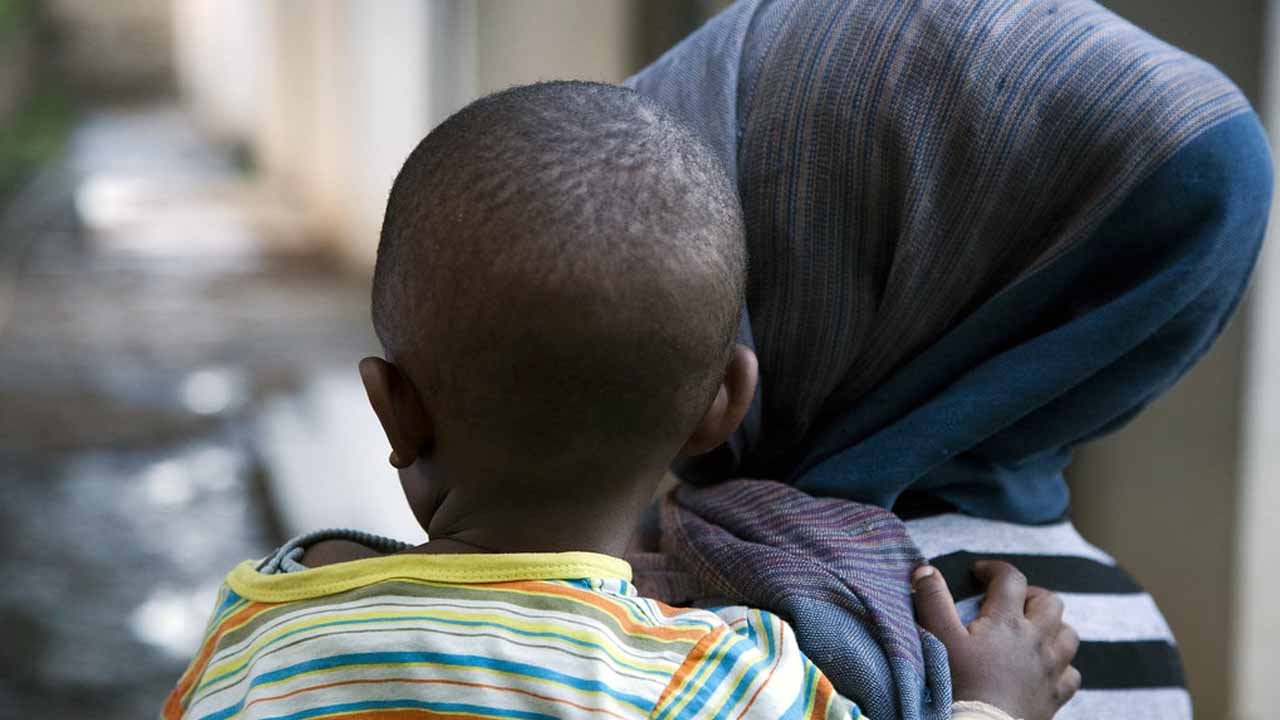According to the UN health agency, UNAIDS, in the year 2020, about 37.77 million people were living with the HIV condition, of which more than two-thirds are in Africa. In the same year, 6.80 lakh people died due to HIV-related diseases and about 1.5 million were infected. UNAIDS analysis shows that 65,000 children were infected with the virus due to their mothers’ lack of knowledge about the infection.
The HIV virus weakens the body’s immune system. Women becoming infected with HIV during pregnancy or breastfeeding also increased the presence of the virus, with an increased risk of transmission. Due to this, more than 35,000 children got infected. According to the UN agency, infections in more than 38,000 children occurred because women, who started antiviral treatment did not continue it during pregnancy or breastfeeding.
In 2020, there were 150 000 new and preventable #HIV infections among children.
Engaging high risk ♀ in integrated antenatal care and HIV services, delivered at local levels and ensuring HIV-positive ♀ receive treatment before #pregnancy can decrease such cases. pic.twitter.com/jZ4it3prtj
— UNAIDS (@UNAIDS) January 31, 2022
About 14,000 cases were seen in those women who were being treated with drugs but could not succeed in completely suppressing the virus or preventing the disease.
There is currently no treatment available for HIV infection, but by increasing access to effective HIV prevention measures, diagnosis, treatment and care, long and healthy lives can be ensured for people with the condition.
It has been reported that to protect women at risk of HIV, preventive measures, comprehensive counselling service, frequent HIV testing and provision of self-testing kits for their partners are needed. According to the UN agency, there is a need to actively reach women and girls at risk of the infection. The organisation believes that these services must be provided at the local level and it must be ensured that HIV infection is confirmed and treatment starts before pregnancy. For enhancing the quality of treatment and care and bridging existing gaps, experienced mothers can be roped in for counselling pregnant women, said the agency.
As per the India HIV Estimation 2019 report, Overall, the estimated adult (15–49 years) HIV prevalence trend has been declining in India since the epidemic’s peak in the year 2000 and has been stabilizing in recent years. The estimate for this indicator was 0.22% (0.17–0.29%) in 2019. In the same year, HIV prevalence among adult males (15–49 years) was estimated at 0.24% (0.18–0.32%) and among adult females at 0.20% (0.15–0.26%).


























